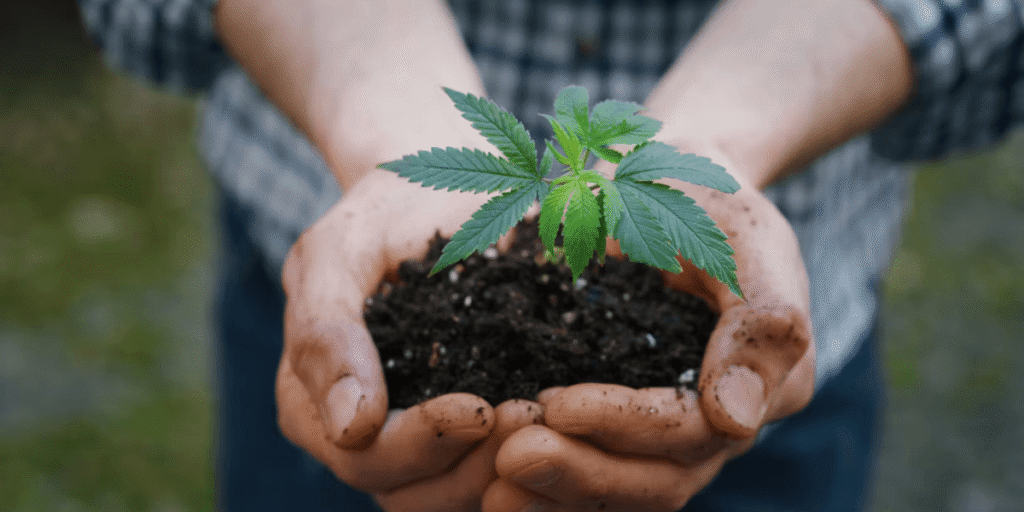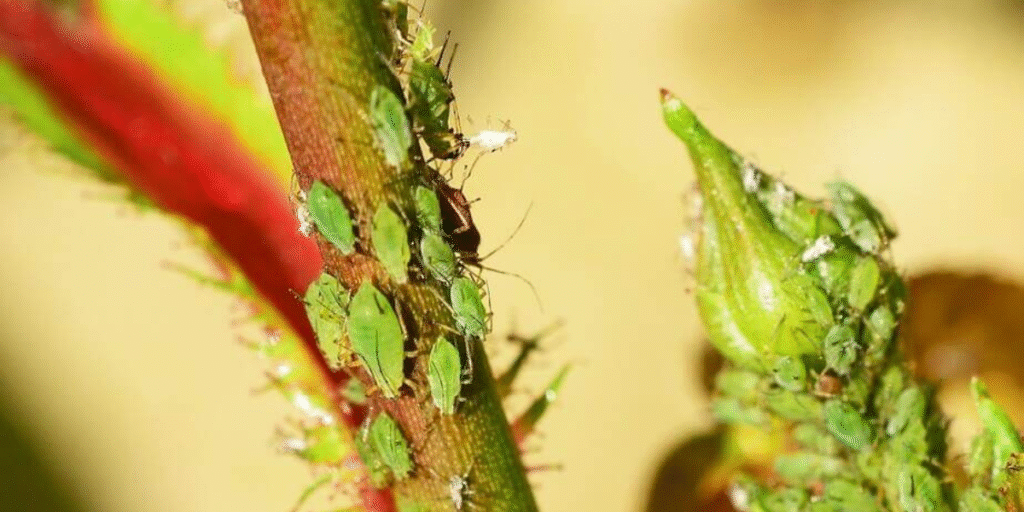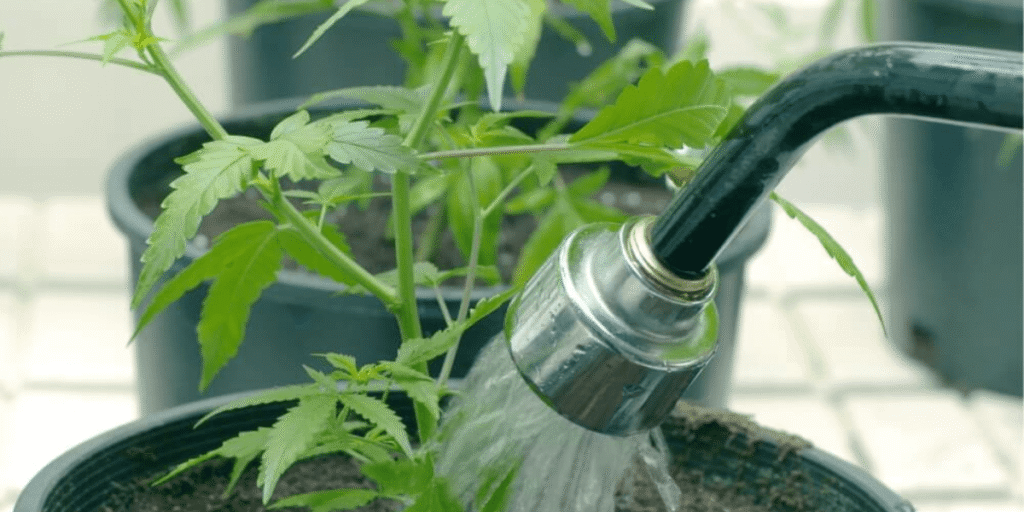Grow cannabis in coco and wonder why so many growers choose this medium? You’ve landed in the right place! This amazing, soil-like growing medium, derived from coconut husks, has become a favorite among cannabis cultivators for good reason. It offers the best of both worlds: the familiar feel of soil combined with the rapid growth rates typically seen in hydroponic systems.
But like any growing method, coco coir has its own unique quirks and requirements. Get it right, and your plants will explode with vigorous growth and impressive yields. Get it wrong, and you might face some frustrating challenges.
This comprehensive guide will walk you through everything you need to know to successfully growing cannabis in coco coir, ensuring your plants thrive from seedling to harvest.
Advantages of Using Coconut Coir as a Growing Medium for Marijuana
Before we dive into the “how,” let’s quickly understand the “why.” What makes coco coir so special?
- Excellent Aeration & Drainage: Coco coir boasts a fantastic air-to-water ratio. Its fibrous structure prevents compaction, ensuring roots get plenty of oxygen while allowing excess water to drain away freely, reducing the risk of root rot.
- Superb Water Retention: Despite its great drainage, coco coir can hold a surprising amount of water and nutrients, meaning your plants stay hydrated longer between feedings compared to rockwool or bare hydroponics.
- pH Neutral: Unlike some peat-based mediums, coco coir is naturally pH neutral (around 6.0-6.5), making it easy to adjust and maintain your desired nutrient solution pH.
- Environmentally Friendly: It’s a renewable resource, a byproduct of the coconut industry, making it a more sustainable choice than peat moss.
- Reusable (with proper treatment): Coco coir can often be rinsed and reused for multiple grows, further reducing waste.
- Acts Like Hydroponics, Feels Like Soil: You get the precise control of nutrient delivery seen in hydroponics, combined with the forgiving nature and ease of handling of a soil-like medium. This leads to faster growth and bigger yields.
While coco coir offers excellent water retention and aeration for cannabis cultivation, other soilless options such as rockwool for cannabis are also popular among growers. To explore how cannabis grows in rockwool, check out our comprehensive guide.
Getting Started: Choosing the Right Coco Coir & Preparing It
Not all coco coir is created equal. The right start makes all the difference.
1. How to Select Premium Coconut Fiber for Cannabis Growing
- “Buffered” or Rinsed Coco Coir: This is crucial. Raw coco coir naturally contains high levels of sodium (Na) and potassium (K) that can lock out calcium (Ca) and magnesium (Mg) from your plants. Quality coco coir will be buffered (pre-treated with a calcium/magnesium solution) and thoroughly rinsed to remove excess salts. Always opt for buffered and rinsed coco coir to avoid initial nutrient lockout issues. Brands like Canna Coco, CocoTek, or specific hydroponic coco coir brands are generally good choices.
- Forms: Coco coir comes in bricks (compressed) or loose bags. Bricks are cheaper to transport and expand significantly when rehydrated. Loose bags are ready to use. Both are fine as long as they are buffered and rinsed.
- Fiber Size: Some coco coir blends include coarser fibers or coco chips (larger pieces) which can further improve aeration. Fine coco coir retains more water. A mix is often ideal.
2. Steps to Buffer and Rinse Raw Coco Coir Before Use
If you’re using unbuffered/unrinsed coco coir (not recommended for beginners, but sometimes unavoidable):
- Rinsing: Rinse the coco coir thoroughly with clean water until the runoff runs clear. This removes excess sodium and chloride.
- Buffering: Soak the rinsed coco coir in a Cal-Mag (calcium-magnesium) solution (around 0.5-1ml per liter) with a pH of 5.5-6.0 for at least 12-24 hours. This displaces excess potassium and sodium with calcium, preventing lockout later. After buffering, give it another quick rinse with clean water.
Essential Nutrients & Feeding Strategy for Coco Coir Cultivation
Growing in coco coir is essentially a form of hydroponics. This means you’ll be providing all the nutrients your plants need through the water, as coco coir itself is inert.
1. Selecting Fertilizers Tailored for Coco Medium Marijuana Growth
- Coco-Specific Formulas: Many nutrient lines offer specific “Coco A+B” formulas (e.g., Canna Coco, General Hydroponics Coco). These are balanced to account for coco coir’s unique cation exchange capacity and prevent common deficiencies.
- Cal-Mag Supplement: Even with buffered coco, an additional Cal-Mag supplement is almost always essential when growing cannabis in coco coir. Coco coir tends to absorb calcium and release potassium, so adding Cal-Mag prevents calcium and magnesium deficiencies (which are very common in coco).
- Tip: Start adding Cal-Mag from the very beginning, even with seedlings.
2. Explanation of Feed-to-Waste Fertilization Strategy
- Watering Frequency: Unlike soil, coco coir can be watered (and fed) much more frequently often daily, or even multiple times a day as plants mature. The goal is to keep the medium consistently moist but well-aerated.
- Runoff is Key: When you water, aim for 15-20% runoff from the bottom of your pots. This ensures fresh nutrients reach all parts of the root zone and flushes out any accumulating salt buildup, preventing nutrient lockout.
- Wet/Dry Cycle (Optional): Some growers prefer a slight wet/dry cycle to encourage root growth, but coco coir doesn’t need to dry out completely. A good rule of thumb: water when the top inch or two of the coco feels dry, or when the pot feels noticeably lighter.
3. Maintaining Proper pH Levels for Maximum Nutrient Uptake
- Target pH Range: For cannabis in coco coir, aim for a nutrient solution pH between 5.5 and 6.5. Many experienced coco growers prefer the lower end, around 5.8-6.2, for optimal nutrient uptake.
- Regular Testing: Always test the pH of your nutrient solution after mixing all nutrients and supplements. Use a reliable pH meter.
- pH Up/Down: Keep pH Up and pH Down solutions handy to adjust your solution as needed.
4. How to Measure and Adjust Nutrient Concentrations in Coco
- EC (Electrical Conductivity) or TDS (Total Dissolved Solids) Meter: These tools measure the concentration of dissolved nutrients in your solution.
- Follow Nutrient Charts: Start with lower concentrations (e.g., 1/4 to 1/2 strength) for seedlings and young plants, gradually increasing as they grow. Always refer to your nutrient brand’s feeding chart.
- Monitor Runoff EC: Regularly test the EC of your runoff. If the runoff EC is significantly higher than your input EC, it indicates salt buildup in the medium, and you might need to flush with plain pH’d water or a mild nutrient solution.
Watering and Environment: Keeping Your Coco Coir Grow Happy
1. Best Practices for Irrigation Scheduling in Coco Cultivation
- Daily Feeding (or more): As plants mature, especially during flowering, you’ll likely be feeding them daily. Some growers use automated drip systems for multiple daily feedings.
- Hand Watering: If hand watering, ensure you water slowly and evenly until you see consistent runoff from the bottom.
- Container Size: Use appropriately sized containers. Starting in smaller pots (e.g., 1-gallon) and transplanting to larger ones (e.g., 3-5 gallon) as plants grow can encourage root development.
2. Importance of Airflow and Light Conditions for Healthy Growth
- Temperature: Maintain optimal grow room temperatures (e.g., 20-28°C / 68-82°F) and moderate humidity.
- Humidity: Aim for appropriate Relative Humidity (RH) levels for each growth stage (e.g., 60-70% for veg, 40-50% for flower).
- Airflow: Good air circulation is vital for healthy plants and to prevent issues like mold or pests.
Common Challenges & Solutions in Coco Coir Cultivation
1. Recognizing and Correcting Ca & Mg Deficiencies in Cannabis
- Symptom: Yellowing between veins, rust spots on leaves (Cal), or overall pale leaves (Mg).
- Solution: Almost always due to insufficient Cal-Mag or incorrect pH. Ensure you’re consistently using a Cal-Mag supplement (even with buffered coco) and maintaining your pH in the 5.8-6.2 range.
2. Causes and Prevention of Salt Accumulation in Coco
- Symptom: Plants show various nutrient deficiencies, but you know you’ve been feeding properly. Runoff EC is much higher than input EC.
- Solution: This is why runoff is so important! If buildup occurs, flush the medium thoroughly with plain, pH’d water (or a very light nutrient solution at 1/4 strength) until runoff EC drops to a reasonable level (close to your input EC). Then resume normal feeding.
3. Symptoms and Effects of Improper Watering on Cannabis Plants
- Coco Coir is forgiving: It’s hard to truly “overwater” coco coir if it’s well-aerated and drains freely. However, constant saturation without proper oxygenation can lead to issues.
- Underwatering: Coco can dry out surprisingly fast under intense lights. Plants will wilt dramatically.
- Solution: The key is frequent, smaller feedings with consistent runoff. Lift your pots to feel their weight to gauge moisture.
Pro Tips for Successful Cannabis Cultivation in Coco Fiber
- Autoflowers Love Coco: Autoflowering strains thrive in coco coir due to its aeration, which supports their rapid growth cycle without the stress of transplanting (you can start them directly in their final coco pot).
- Consider Perlite Mix: Mixing coco coir with 20-30% perlite can further enhance aeration and drainage, which is especially beneficial if your coco is very fine or if you tend to overwater.
- Top Dressing (for long-term grows): If you’re growing very large plants for extended periods, coco coir can eventually compact slightly. Occasionally gently loosening the top layer can help.
- Monitor Runoff: Don’t just check input pH/EC. Always check the runoff pH and EC. This tells you what’s happening in the root zone.
- Keep a Grow Journal: Document your feeding schedule, pH/EC readings, and plant observations. This data is invaluable for troubleshooting and optimizing future grows.
Frequently Asked Questions (FAQs) About Growing Cannabis in Coco Coir
Q1: Do I need to flush coco coir before harvest?
A1: Yes, but not as long as soil. A 5–7 day flush with plain water or a flush agent helps remove salt buildup and improve flavor. Monitor runoff EC to avoid overdoing it.
Q2: Why are my leaves yellowing even with nutrients?
A2: Likely a Cal-Mag deficiency or incorrect pH. Always use a Cal-Mag supplement and keep pH between 5.5–6.5 for proper nutrient uptake.
Q3: Can coco coir be reused?
A3: Yes, after removing roots, flushing with water, and re-buffering with Cal-Mag. Some growers prefer not to reuse to avoid issues.
Q4: Do autoflowers need special watering in coco?
A4: Start them in their final pot and water lightly at first. Increase feeding quickly as they grow fast. Daily feeding is often needed early on.
Q5: Can I overwater in coco coir?
A5: It’s hard to overwater due to good drainage, but poor airflow or clogged pots can cause issues. More often, problems come from underfeeding or ignoring pH/Cal-Mag.
Conclusion: Embrace the Power of Coco Coir
Growing cannabis in coco coir truly offers a fantastic balance between the simplicity of a substrate-based growing and the explosive growth rates of hydroponics. By understanding its unique properties especially the need for buffered coco, consistent Cal-Mag supplementation, precise pH management, and diligent feeding with runoff, you’re well-equipped to unlock its full potential.
Don’t let the initial learning curve intimidate you. With these tips and a little patience, you’ll be cultivating vibrant, high-yielding cannabis plants that thrive in this remarkable medium.
Ready to grow cannabis in coco coir like a pro?
Want to unlock the full potential of your cannabis plants using coco coir? Growing in this unique coconut-husk-based medium is not just about soil alternatives, it offers faster growth, better nutrient control, and healthier roots. With the right knowledge and care, your plants will thrive from seedling to harvest with impressive yields and vigor. No confusion, no guesswork, just consistent and outstanding results. Whether you are a seasoned cultivator or new to coco, this guide will set you on the path to success.
Need advice on nutrient solutions, pH management, or lighting for coco grows? Visit www.greenfuturelight.com to explore our products and get a free personalized consultation from our experts. We are here to help you grow smarter, not harder.
Join our community and share your coco coir growing journey by tagging @Greenfuturelight on Instagram. We are excited to see your progress and celebrate your green achievements. Remember, clean tools, proper watering, and close monitoring make all the difference. Here is to healthy roots and bountiful harvests ahead.
Explore More Resources on Marijuana Growth in Coco Substrate
Looking to master every aspect of cannabis cultivation? Don’t miss these useful articles:



